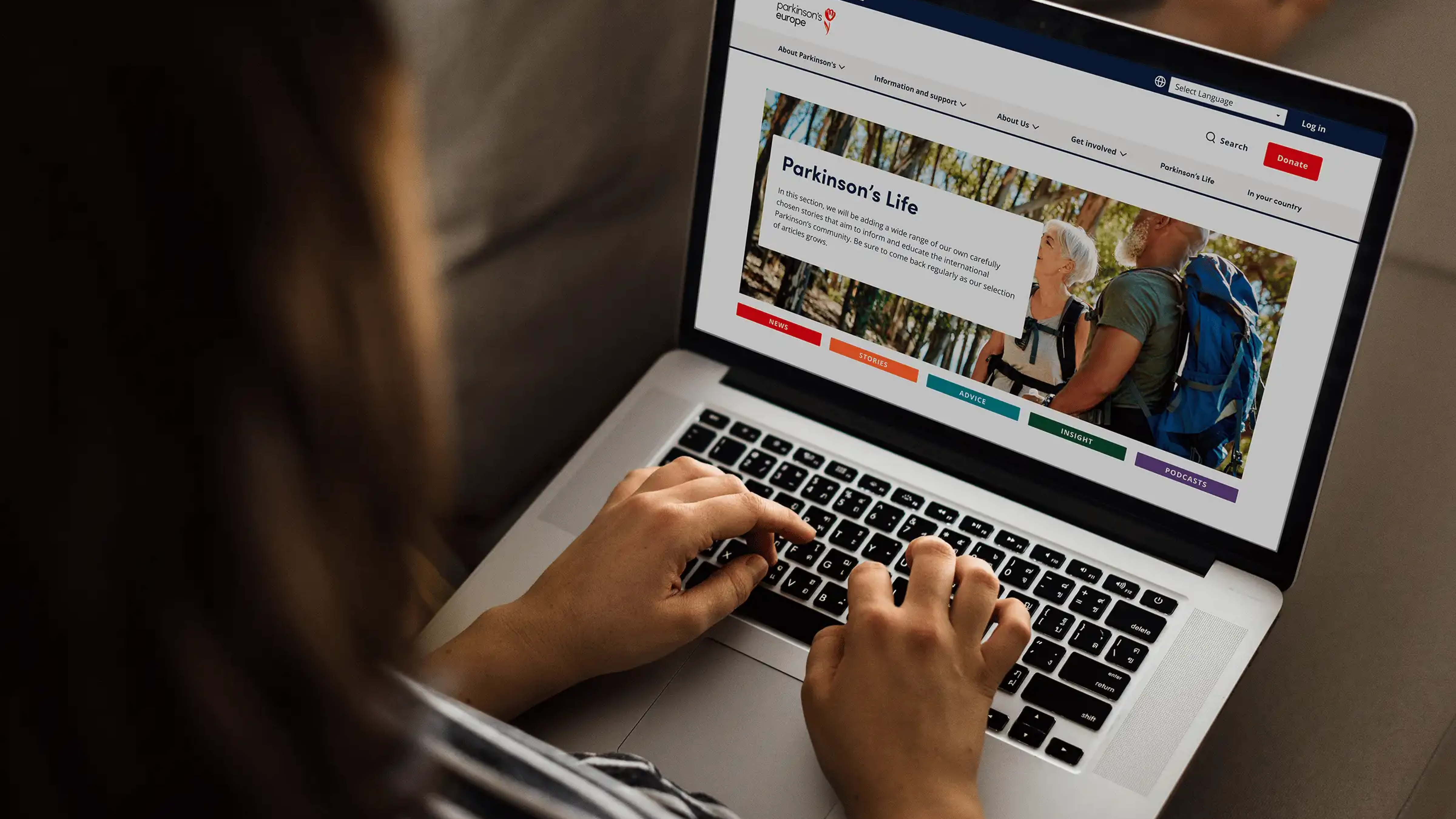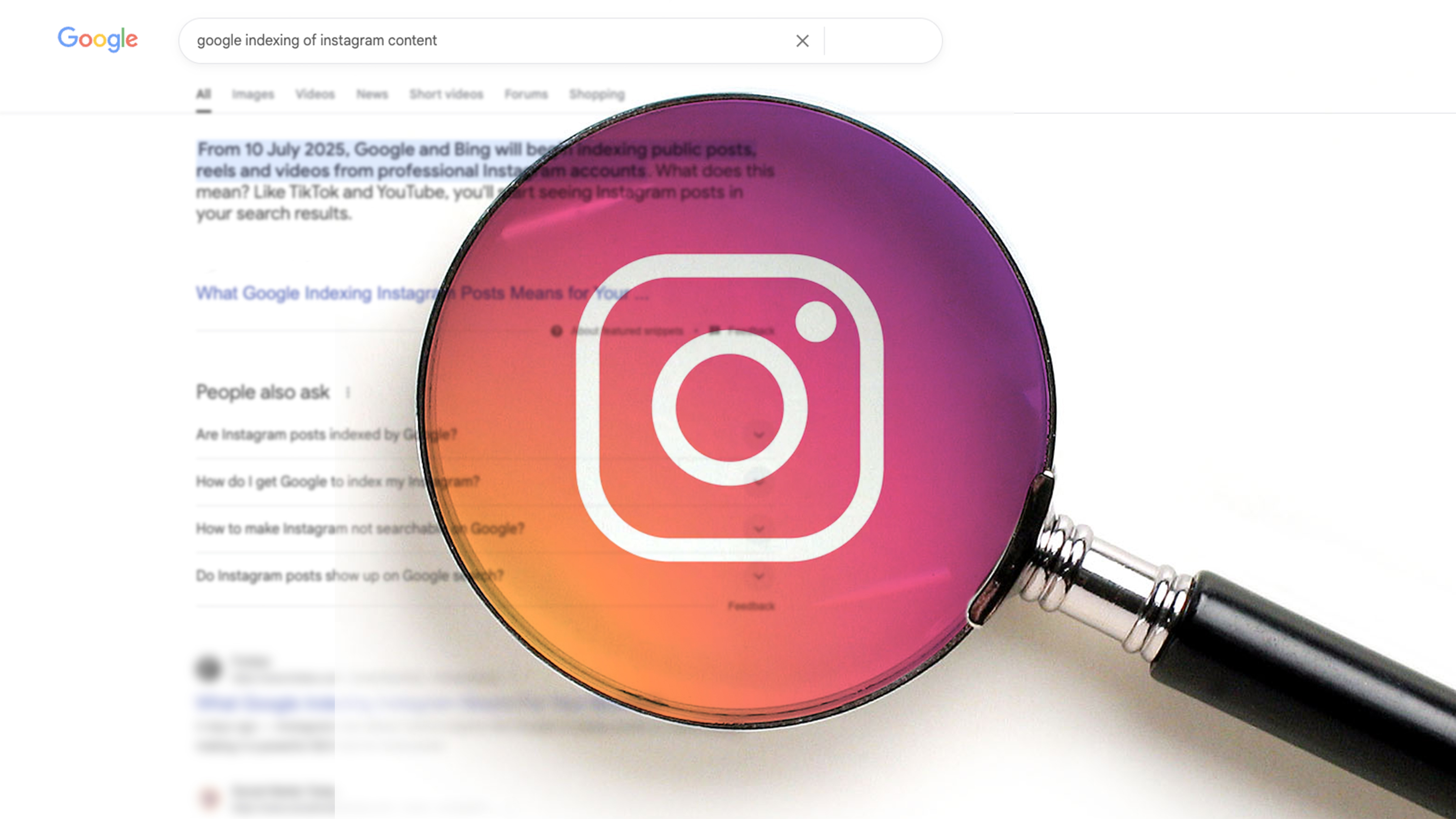We’re delving into what national companies have been doing, statistics on how people want to be updated during the coronavirus period, and have some expert advice from Bliss’s CEO - Jon Stutfield.
The lockdown is gradually lifting and whilst you may have many loyal customers ready to buy from you, why not aim for new audiences too? Our steps will help make sure you’re doing the right things to stand out from your competitors.
This article is part of our Content Hub on how businesses can proceed with marketing during this Coronavirus period. Bliss is pooling our 10 years of industry experience to create these free and informative guides to help you, with weekly updates.

The C’s to Success
We’ve split our advice into two ‘C’s: Clarity and Conscientiousness which will be the keys to attracting and welcoming customers.
1. Clarity
Be clear with your message...that safety comes first
The first priority you must get across to customers is how health-and-safety conscious your business is.
- What will you be doing to keep customers/staff safe?
- Do you have any safety rules you’re implementing which they should know about (such as card-payment only / mandatory mask-wearing / take-away for food and drink)
Answer these questions clearly and prominently as possible. Ideally, on the homepage of your website. Even if it is just by a banner which leads to another page, it is critical knowledge customers need and they’ll almost certainly be checking your website for it before they visit your business. Don’t put them off by not having answers to their questions.
If there are any ways you’ve gone above and beyond - shout about them! Otherwise, the keys are how will you be enforcing social distancing and how will you be keeping things clean.
REAL WORLD EXAMPLE:
B&Q and Homebase were in the first wave of reopenings over the past few weeks, and both of them chose to champion the safety measures they’ve put in to play.
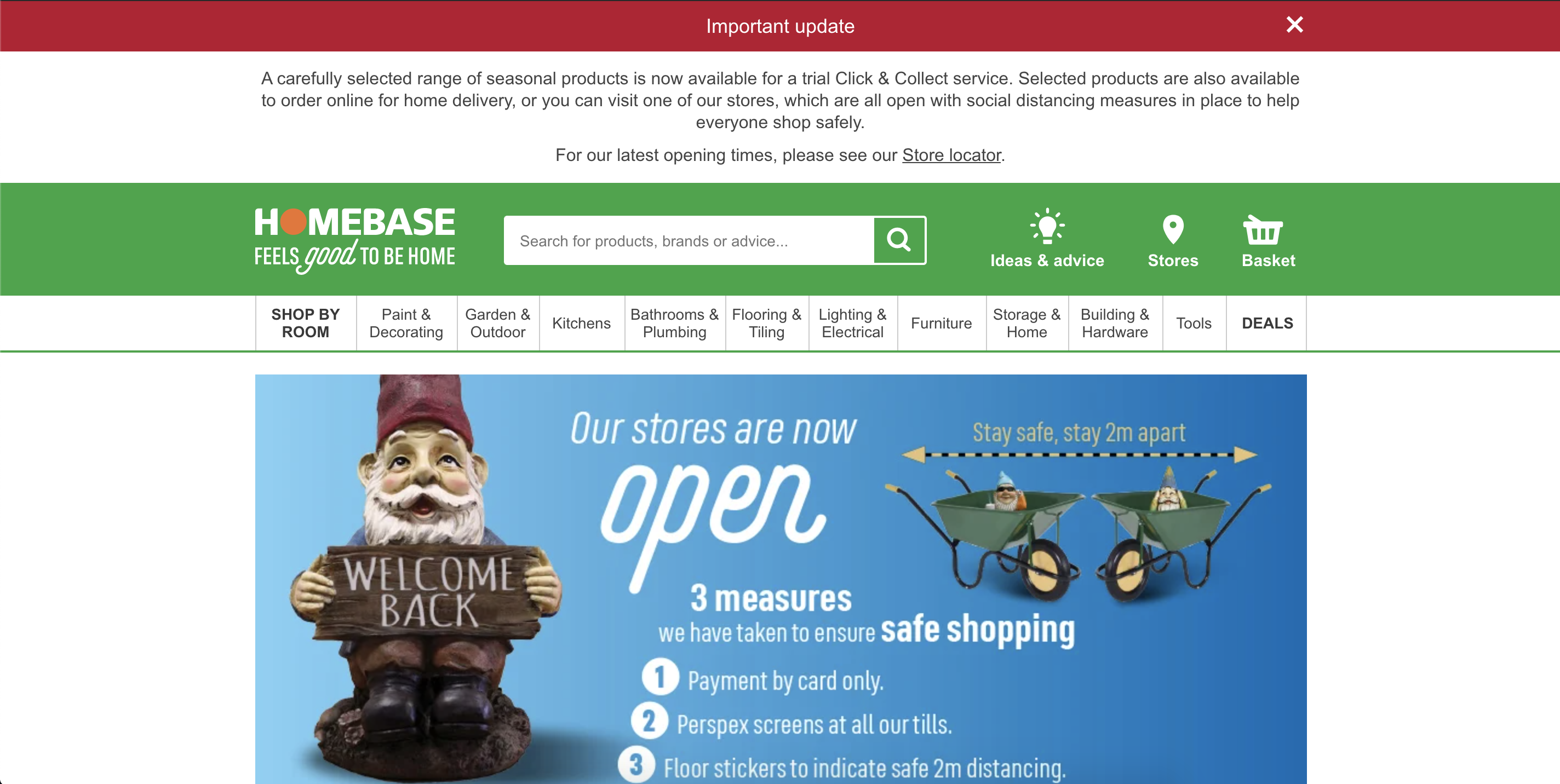 The Homebase home page
The Homebase home page
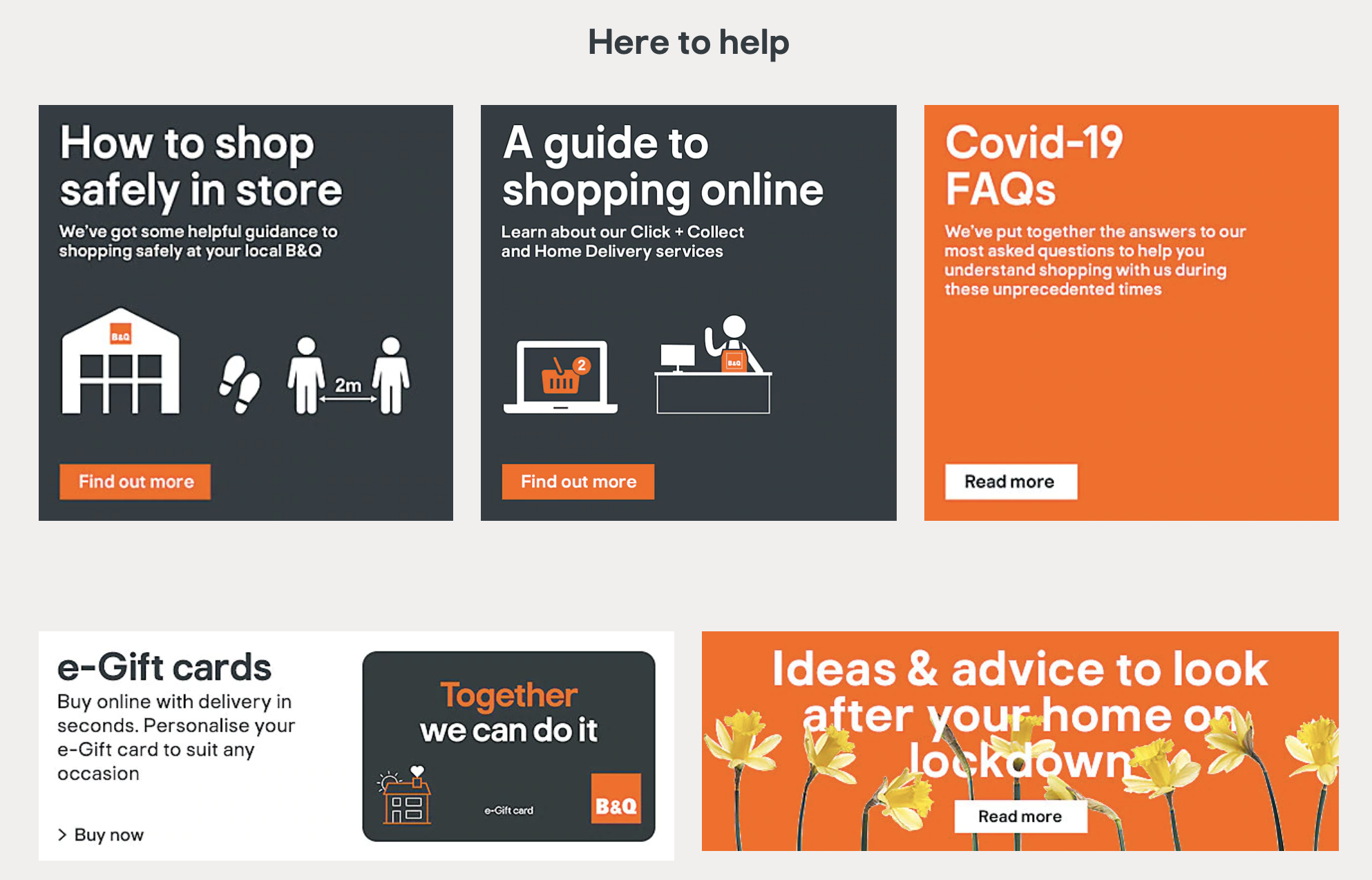 B&Q’s information was a little further down their homepage but leads to more information
B&Q’s information was a little further down their homepage but leads to more information
Consequently, the approval rating of the brands is at 81% positivity, 18% neutral and only 1% negativity according to reputation intelligence firm Alva. Despite potential uncertain waters of being the first to reopen, this safety-conscious approach has allowed both to succeed in the public arena.
Be clear with your message... in terms of how you display it
It is crucial that you highlight important information as clearly as possible.
People are very opinionated at the moment about companies reopening (whether they think it’s too early or not early enough!) so make sure you display the facts clearly for your customers to decide on. Don’t be tempted to use reams of marketing spiel to persuade them of one thing or another - they might not read it, or they might even interpret incorrectly. Instead, get your message across with little room for ambiguity.
An example of this is the Homebase front page above, which clearly spells out their 3 safety measures secondary only to the news that they’re open again.
But it doesn’t only have to be about safety - you can also highlight any changes which might be different to your customers’ usual expectations of you. Such as how government restrictions affect your business or noting the parts of your business not yet in operation. Make it clear, so people can see exactly what they’re getting into by choosing you.
REAL WORLD EXAMPLE:
Like all tourism operators in the UK, Haven Holidays will be able to open parts of their business before the rest. Rather than trying to explain that in copy, they have created these clear infographics with relevant titles ‘Hideaway’ in 2020 versus ‘Holiday’ in 2021 found on every holiday park page. All so guests can make informed decisions.
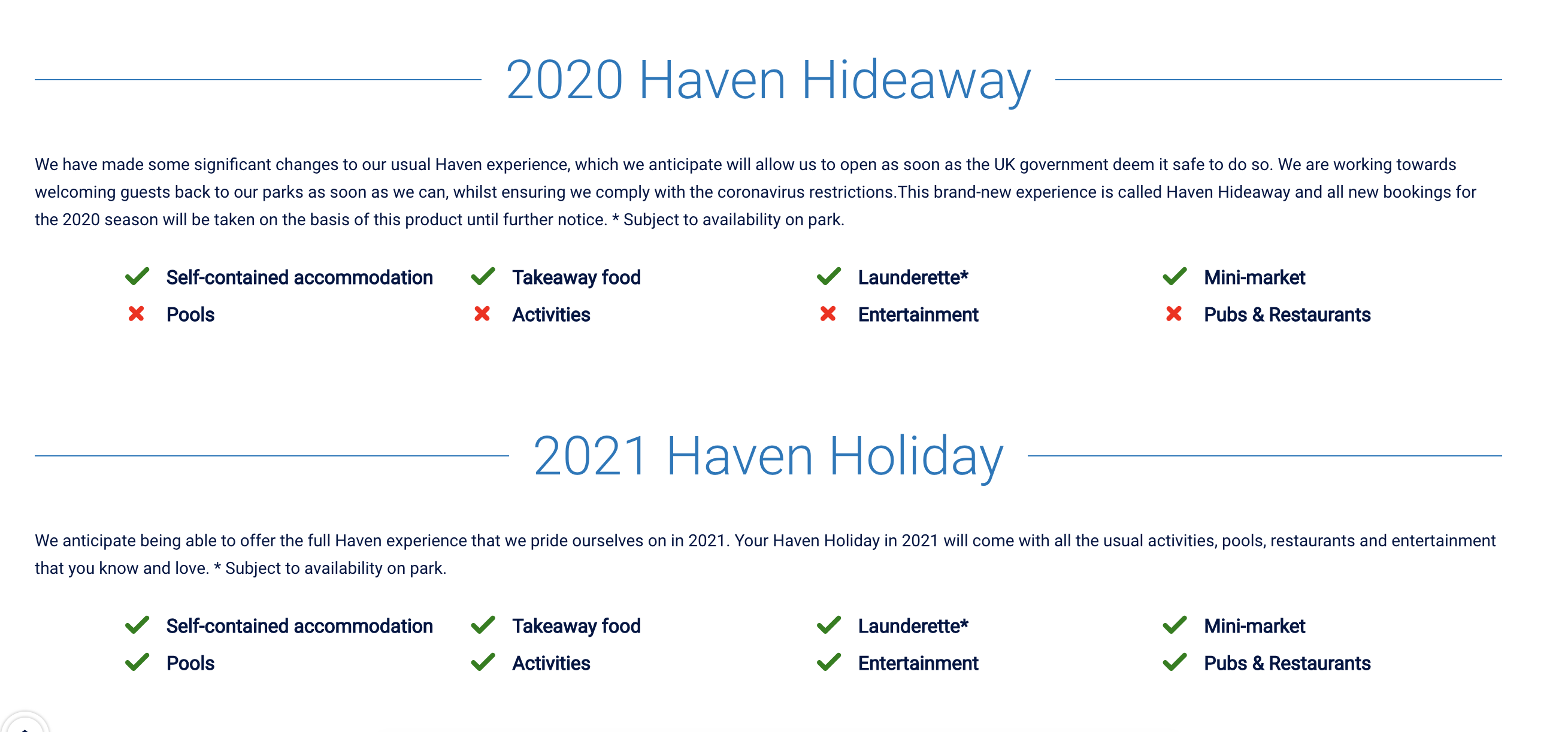
This infographic clearly manages expectations about what a guest will be able to experience at their parks. Leaving the decision up to them on whether it’s worth booking a ‘hideaway’ this year or waiting for a ‘holiday’ next year, without trying to persuade them either way.
Be clear that your message...has cautious consistency
If you know that lockdown is ending for your business, the time for letter-like update emails linking to explanatory blog-posts may be over. It’s time to sell again… cautiously.
Once you have a restart date, you can begin to start promoting your offerings more, with emails and social updates which send people to your homepage. Maybe even consider linking to product pages, though tread carefully here - make sure there is a clear and relevant value to your product during this period.
Whatever you do, the key here is to make sure the same message is clearly repeated across your communications. You want to create a coherent experience across all channels to help start to secure some sales, rather than casting your net too wide in the excitement of reopening. Send out an email reflecting the same message as your homepage, back that up with social media posts on your various channels. You could even try targeting customers in different parts of the web which appeal to their demographic… As long as what you’re saying is of clear value, now is the time to start (carefully) hammering that point home.
REAL WORLD EXAMPLE:
No one is rushing (or allowed) to travel through Europe by train right now. So Interrail are cautiously pushing a ‘Europe from home’ campaign across all channels to inspire people about destinations to visit when this is over, with a particular focus on Covid-free locales.
Facebook:
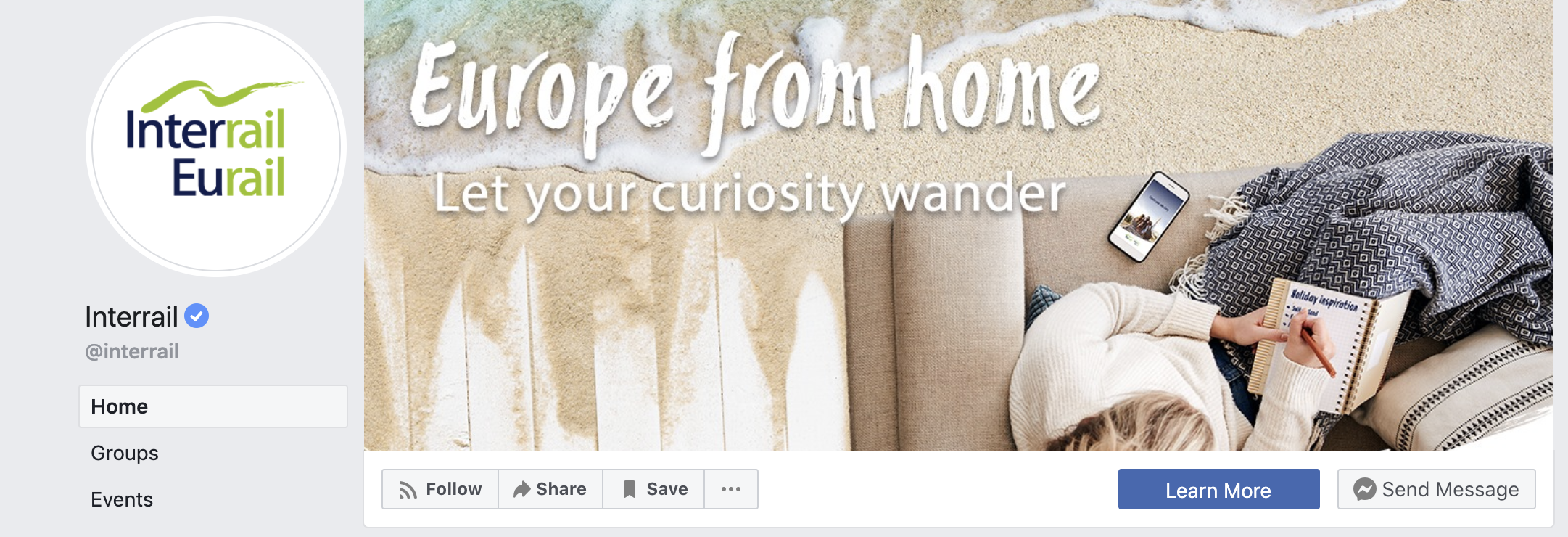 Facebook homepage with the same imagery as the website homepage
Facebook homepage with the same imagery as the website homepage
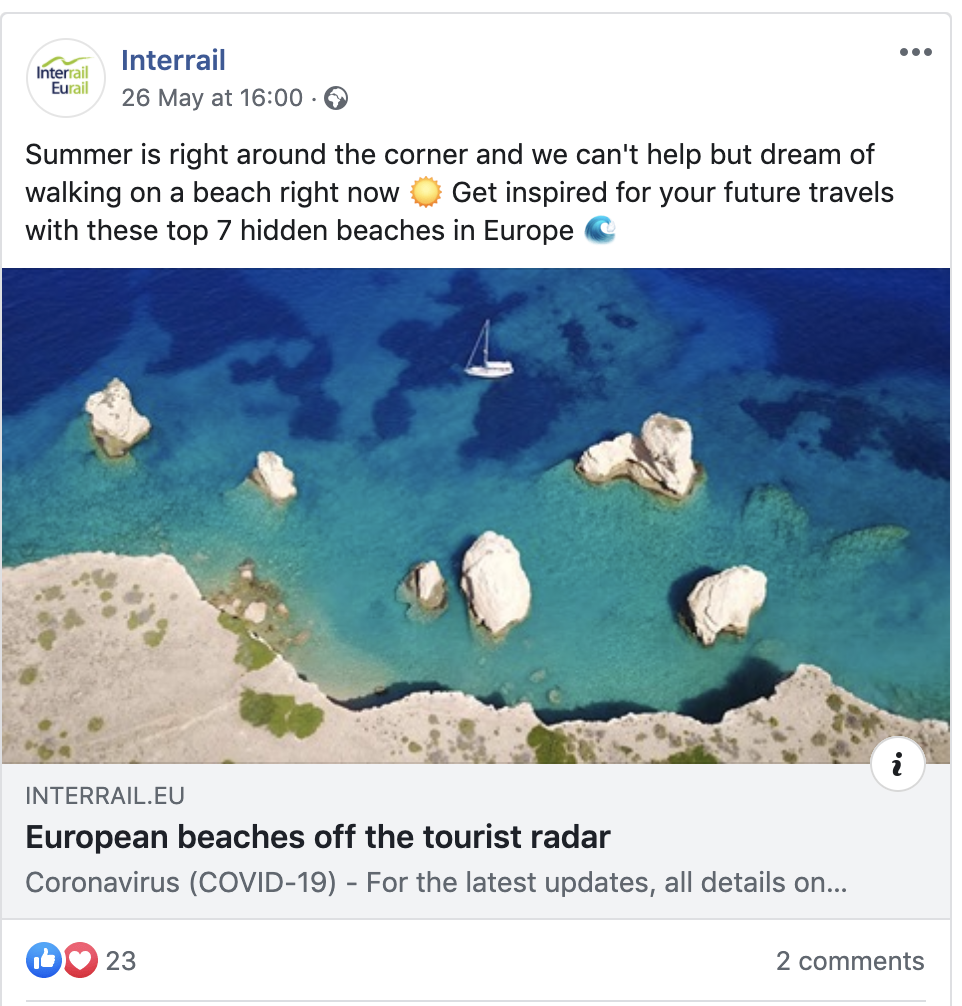 Facebook posts acknowledging the impact of Coronavirus and how people can escape it
Facebook posts acknowledging the impact of Coronavirus and how people can escape it
Website:
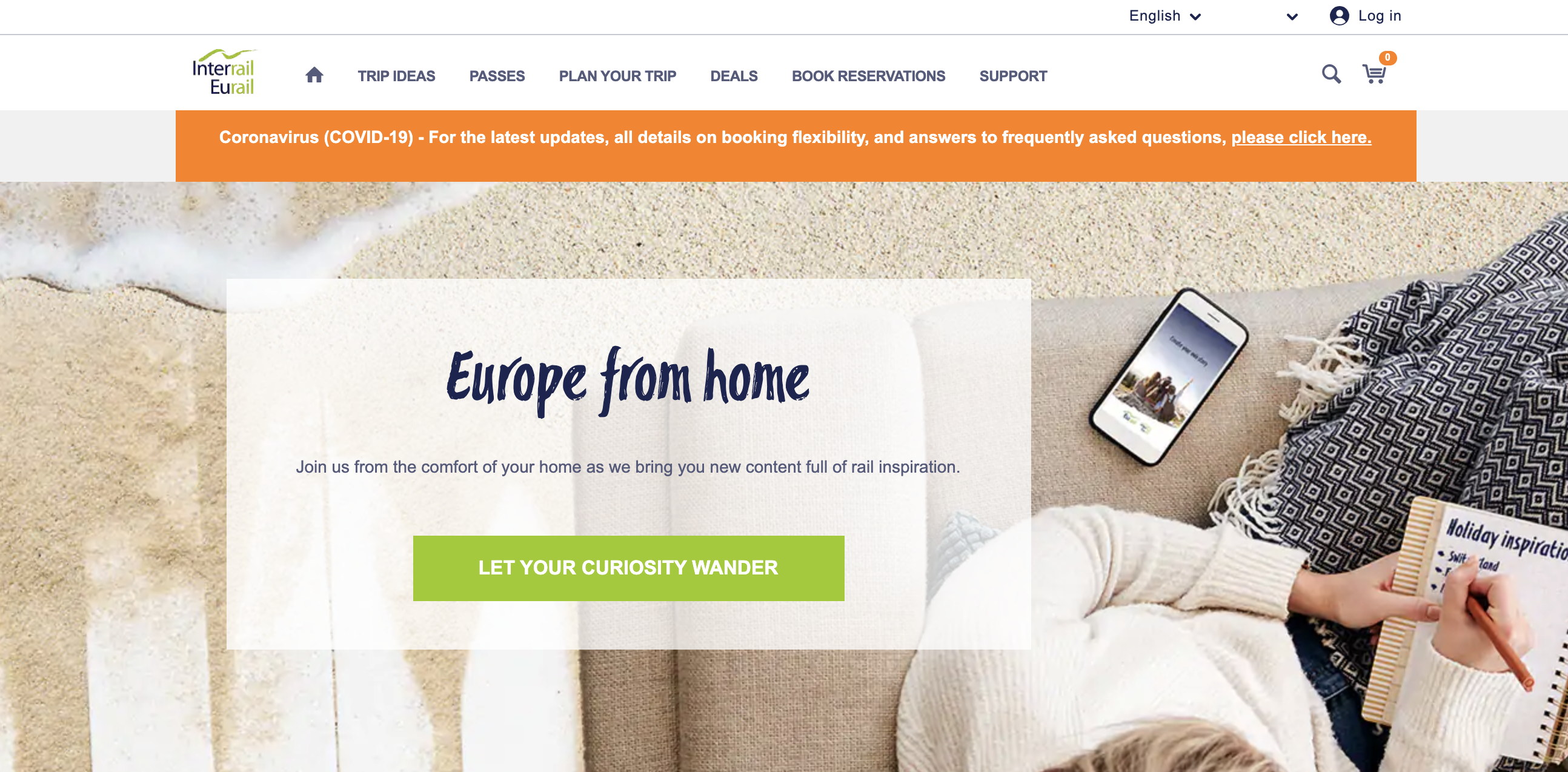 Note the main Call-to-Action is not related to booking a holiday
Note the main Call-to-Action is not related to booking a holiday
Email:
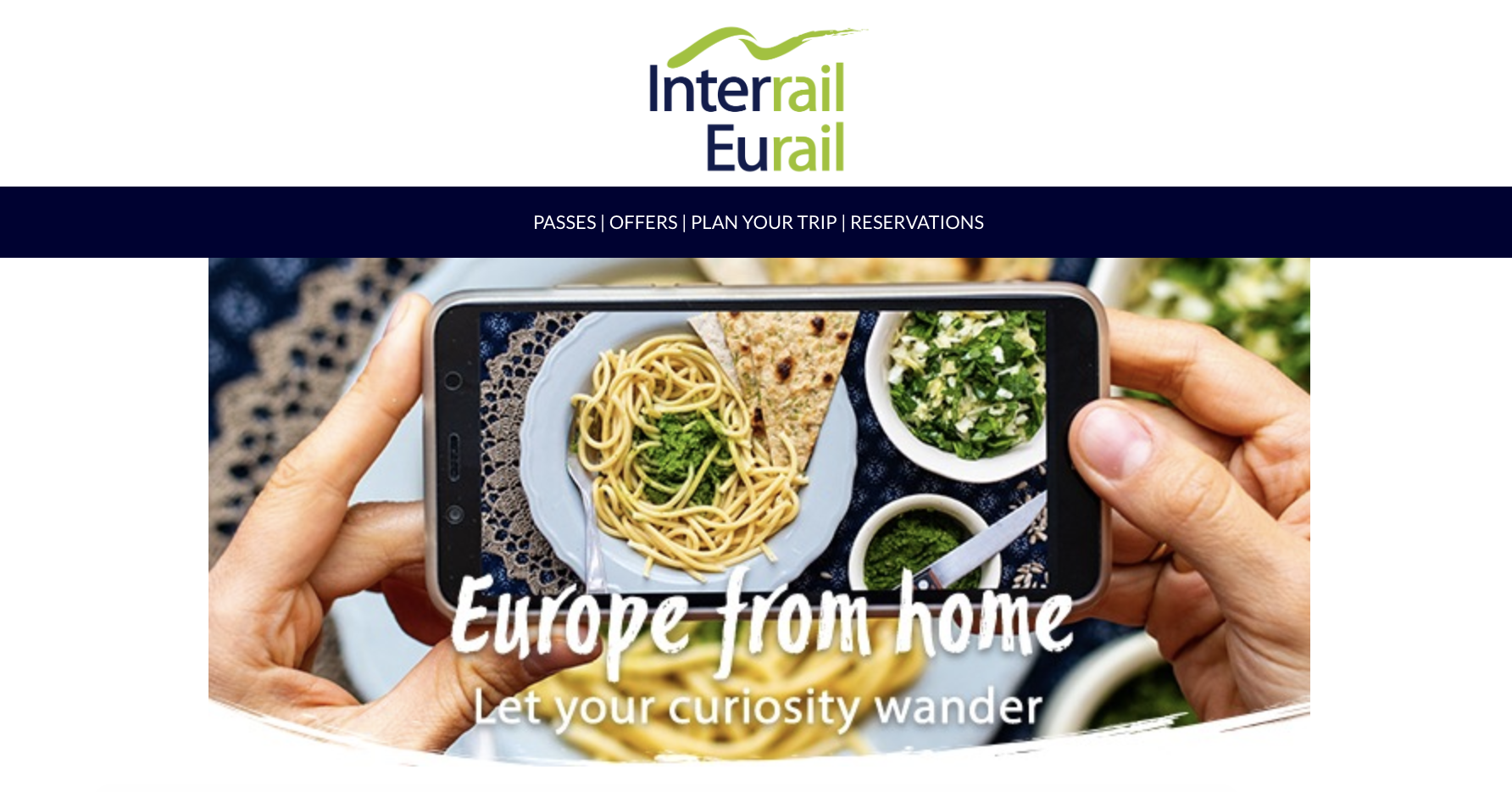 An email from Interrail, taking another angle on their 'Europe From Home' campaign
An email from Interrail, taking another angle on their 'Europe From Home' campaign
How people like to get their news during the Coronavirus period:
- 67% by email
- 45% by social media
From market research by Twilio
Conscientiousness
Don’t confuse being clear with blunt though, now is a fragile time and you need to be highly careful with your messaging.
Be conscientious towards... the public mood
It is still very important that you don’t get swept up in reopening and forget the general sombre atmosphere. Timing and tone are crucial to any communication you put out there.
- Be empathetic to the suffering a lot of people have gone through.
- Don’t pretend that everything is completely back to normal.
- Show how your products/offerings have value to customers right now. What need can it meet? How can it better their lives still during lockdown?
- Most importantly - don’t be seen to be putting profit over people.
Customers are forgiving of businesses who take their time to reopen, it can be seen as positive and responsible. The widely-held belief is that things will return to normal and therefore most customers are willing to wait a little longer for products and services if the promise of safety comes with it.
REAL WORLD EXAMPLE:
One travel brand which got it very wrong is Southwest Airlines. Their chief executive announced that they were ready to take bookings as he believed it was now safe to fly.
Unsurprisingly, this hit completely the wrong note with the general public, many of whom are of the opposite opinion. In the same ALVA approval survey which rated Homebase and B&Q as 1% brand negativity, this airline was at a massive 37%.
Be conscientious towards... customers’ pain points
That being said, be careful of the assumptions you make about your audience. The average consumer has a completely different set of priorities now to half a year ago.
For example, personal safety has skyrocketed in terms of importance, and is likely to stay a key factor in customers’ decisions for years to come. Another example - the hit to the economy means people’s purse strings will be tighter.
Think about the pain points your target audience will now have and how you can alleviate these stresses. For example, how can you offer value? In what ways does your offering provide safety? If your customer has to use public transportation/be in a public space to use your offering, why is it worth it?
Ignoring these points will leave you marketing to a much smaller audience than previously, and at worst will come across tone-deaf.
REAL WORLD EXAMPLE:
One extreme example of marketing to customers’ pain points is the Cyprus government which has promised to pay for the accommodation, food and medicine for anyone who contracts the disease on the island, and their families. Allowing people to ‘travel safely to Cyprus’.
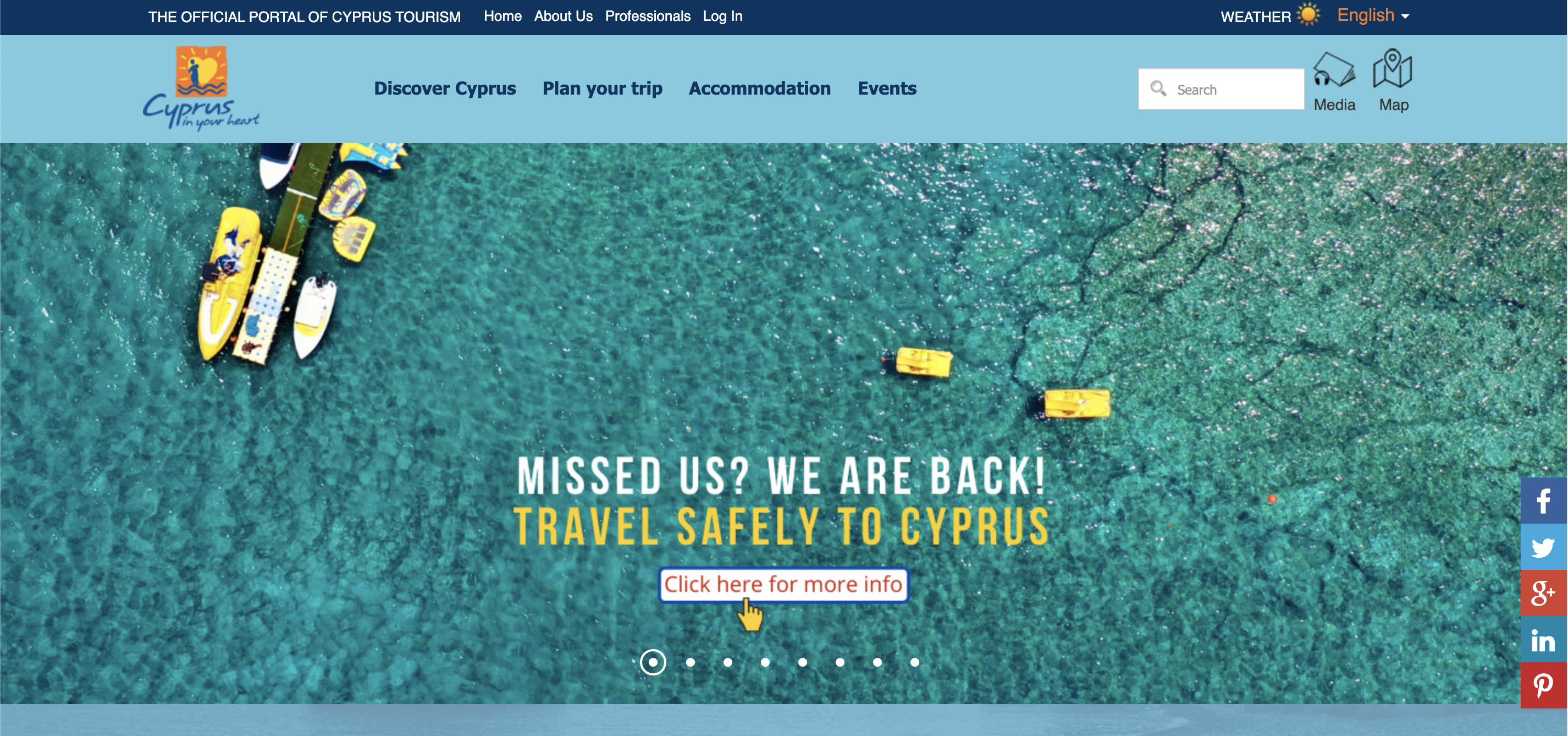 Promoting their safety on the homepage
Promoting their safety on the homepage
It’s a bold strategy to lure people to the island, which you may think could cost millions. But with a relatively low infection rate, this could really kickstart Cyprus’s tourist season by capitalising on uncertainty towards traditional European summer holiday destinations which have seen greater levels of infection. All by directly addressing the ultimate pain point right now - Covid-19.
It didn’t hurt that the marketing strategy also had great publicity by making headlines across the world.
Be conscientious of... repetitive content
How many adverts have you seen recently which are based on video calls? They’re certainly relatable, but already marketing research has shown that the vast majority of consumers are already fatigued by this sort of advertising.
Try to uncover this Zoom-marketing of your industry and decide on how you can do something distinctive. Because if all your competitors are doing the obvious thing, consumers will get bored with that too.
We’ve spoken about the awareness campaigns you should be running for your customers now, but make sure to really nail down on why your offering is better than anything else’s. What makes you unique? How can you sell your product in an interesting way? (This is especially important if you are trying to promote something which has a glaring pain point). Think outside of the box and play up your unique qualities.
Expert Summary | Bliss CEO - Jon Stutfield
“As marketers, we tend to focus on customer motivations and goals - what are they looking to achieve. But now more than ever, we need to consider the emotional viewpoint of the customer. Not just 'what do they want' but 'how do they feel'. In fact, I would go as far as to say that the entire opening strategy should be focussed on this emotional understanding - brand communications, marketing, products/services, customer care, operations, and fulfilment. The next few weeks aren't about profit - they are about strengthening customer relationships to use as a foundation on which to rebuild our businesses.”
Popular, related articles:
- Marketing campaigns to lift you out of lockdown
- How to get your website to convert visitors to customers
- Communicate clearly with this in-depth guide to online copywriting
Check out our full Content Hub for advice, best practice and ideas on how businesses can proceed with digital marketing during the Coronavirus period.
Articles and Blogs
Our blog gives you more of an insight into who Bliss are and what we’re up to. Check out our articles below.
View all articles